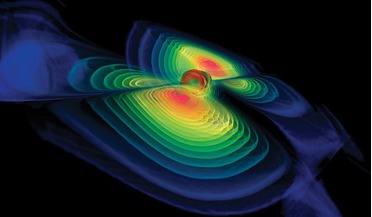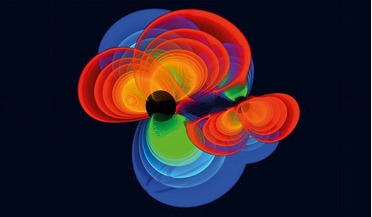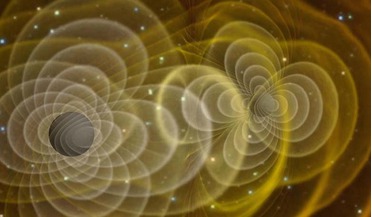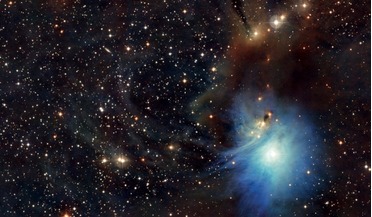 March 2016
Gravitational waves provide new window on the universe
March 2016
Gravitational waves provide new window on the universe
.... The LIGO interferometers consist of two, 4 km long arms that are at right angles to one another. To test for gravitational waves, a laser is beamed through the cavity and is reflected on a suspended mirror, called a test mass, when it reaches the...
 02 January 2018
2017 - What a year!
02 January 2018
2017 - What a year!
2017 was a remarkable year for all things astronomical and for the rocket and satellite industry. We said a sad farewell to one of the most distinguished planetary missions of our time - Cassini. However we also said hello to the first interstellar ...
 April 2019
LISA Pathfinder – paving the way for future studies of the gravitational universe
April 2019
LISA Pathfinder – paving the way for future studies of the gravitational universe
... this reduced scale the mission would not provide the sensitivity required for measuring gravitational waves (the impact of gravitational waves is so tiny, the test masses would need to be millions of kilometres apart rather than the 38 cm available...
 12 February 2016
A scientific breakthrough as gravitational waves detected for the first time
12 February 2016
A scientific breakthrough as gravitational waves detected for the first time
... in Italy. “This observation is truly incredible science and marks three milestones for physics: the direct detection of gravitational waves, the first detection of a binary black hole, and the most convincing evidence to date that nature’s black...
 23 February 2016
Researchers probe black-hole mergers with fast-powered winds
23 February 2016
Researchers probe black-hole mergers with fast-powered winds
... long-lasting, hence follow-up observations can be made on the scale of months-to-years after the detection of an initial gravitational wave signal. Although the team focused on the emission associated with a mini-disk wind, a possible jet component...
 March 2018
Exploring the extreme universe
March 2018
Exploring the extreme universe
... and provide accurate sky localisation (better than one square degree), thus allowing the follow-up of the gravitational wave events by other telescopes. This capability will be crucial for the identification and the multiwavelength characterisation...